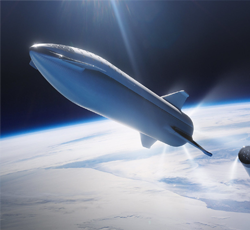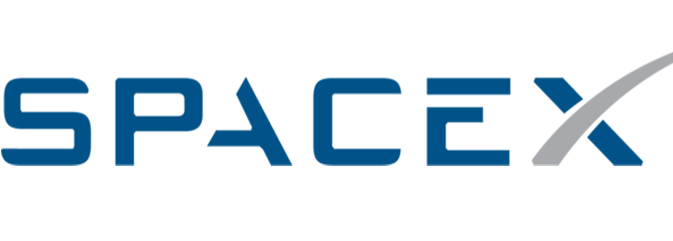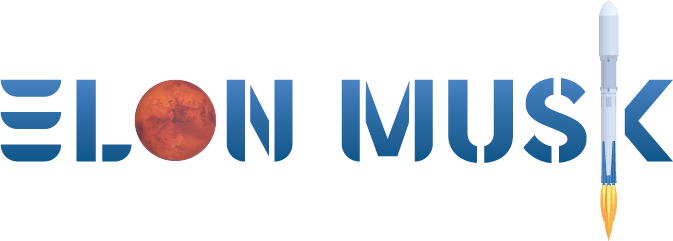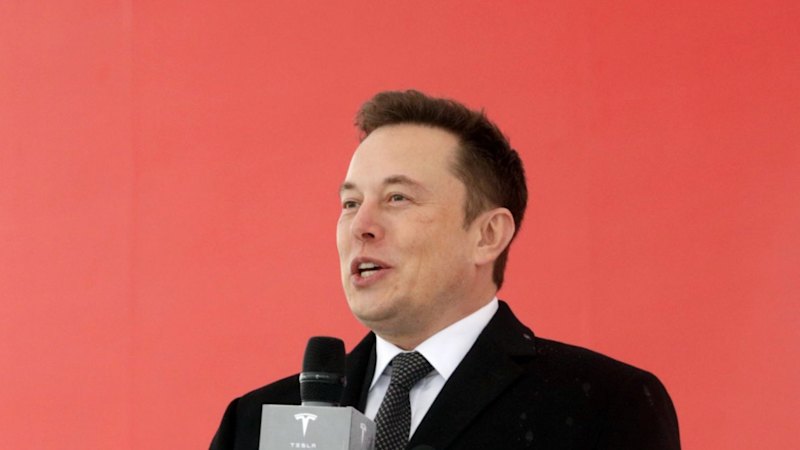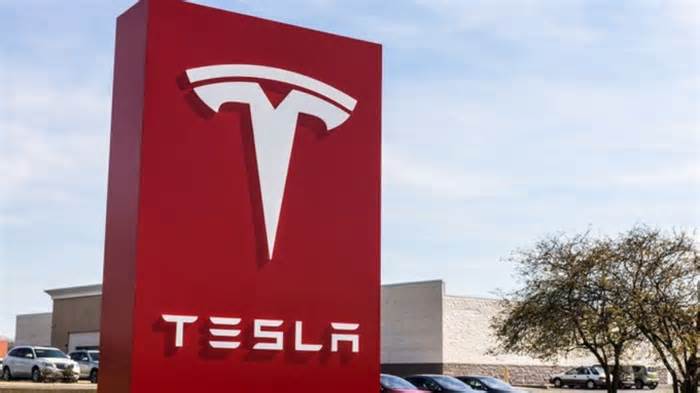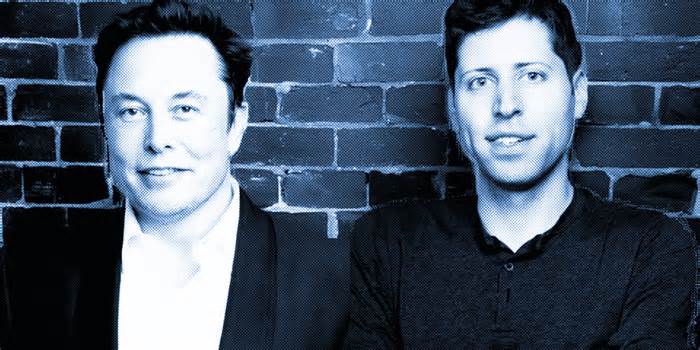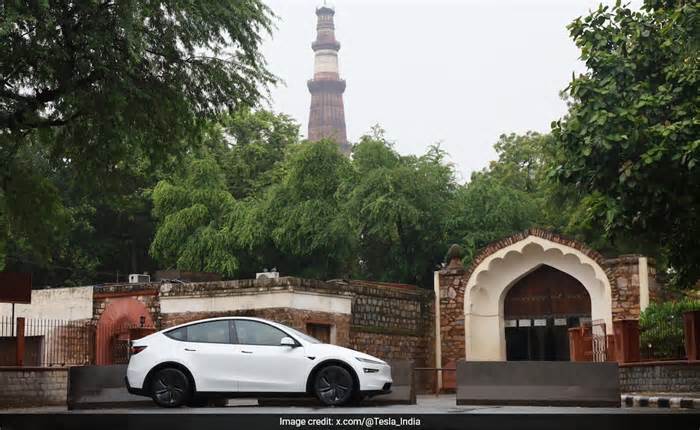
Crew-11 to conduct experiments on the ISS benefiting Artemis missions
- by Spectrum News 13
- Jul 30, 2025
- 0 Comments
- 0 Likes Flag 0 Of 5

UPDATED 11:44 AM ET Jul. 30, 2025
PUBLISHED 5:51 AM ET Jul. 30, 2025
PUBLISHED 5:51 AM EDT Jul. 30, 2025
SHARE
KENNEDY SPACE CENTER — A little past noon on Thursday, NASA and SpaceX will launch the four-member Crew-11 mission to the International Space Station, where some of the experiments conducted will get used for the Artemis moon missions.
What You Need To Know
The four-member Crew-11 mission will spend months on the International Space Station
They will be conducting experiments on stem cells and simulations to help with the Artemis moon missions
Rep. Haridopolos explains why the Crew-11 mission is an example of why the U.S. needs to be space dominant Axiom 4 mission
Once the first-stage separation has been completed, the first-stage booster will land at Cape Canaveral Space Force Station’s Landing Zone 1.
That means people from far and wide will hear the rocket’s sonic boom when it returns.
Mission specialist Roscosmos cosmonaut Oleg Platonov, NASA pilot Michael Fincke, NASA Cmrd. Zena Cardman and mission specialist Japan Aerospace Exploration Agency astronaut Kimiya Yui are members of the Crew-11 mission, where they will be on the International Space Station to conduct a series of experiments. (NASA)
Getting to know the crew
Cardman, who was born in Illinois, was selected by NASA in 2017 to be a member of the “Turtles” Astronaut Class.
While she considers Williamsburg, Va., home, she earned a Bachelor’s of Science in Biology and a Master’s of Science in Marine Sciences.
This will be her first time in space.
Fincke has been a NASA astronaut since 1996 and the Pennsylvania native is quite the veteran of space travel: Expedition 9 in 2004, Expedition 18 in 2009, and STS-134 in 2011.
In fact, he has conducted nine spacewalks that totaled 48 hours and 37 minutes.
But this explorer has quite the education.
“He attended the Massachusetts Institute of Technology (MIT) on an Air Force Reserve Officers’ Training Corps (ROTC) scholarship and graduated in 1989 with a Bachelor of Science degree in Aeronautics and Astronautics as well as a Bachelor of Science degree in Earth, Atmospheric and Planetary Sciences. This was followed by a Master of Science degree in Aeronautics and Astronautics from Stanford University in 1990. He was awarded an Associate of Science degree in Earth Sciences (geology) from El Camino College in Torrance, California, in 1993 and a second Master of Science degree in Physical Sciences (planetary geology) from the University of Houston — Clear Lake in 2001,” shared NASA.
For Kimiya, going to the International Space Station is like going back home. He spent 142 days in 2015 as the flight engineer.
During that time, he conducted a series of experiments that include scientific and medical.
For Platonov, this will be his first spaceflight since he was selected to be a cosmonaut in 2018.
Before that, he earned an engineer degree in aircraft operations and air traffic management.
Understanding the mission
This mission is part of NASA’s Commercial Crew Program, which was created to work with American aerospace companies to build spacecraft and rockets to send technology and astronauts to space from American soil.
The Crew-11 mission will help NASA’s Artemis moon missions by simulating lunar-landing scenarios that the Artemis III astronauts may experience near the South Pole of the moon.
“The simulations will be performed before, during, and after their mission using handheld controllers and multiple screens to identify how changes in gravity affect spatial awareness and astronauts’ ability to pilot spacecraft, like a lunar lander,” explained NASA.
Some of the other experiments including studying plant cell division and how bacteria-killing viruses are impacted in microgravity.
In fact, Genes in Space-12 — made up of students in grades 7 through 12 — has experiments that will be onboard the Crew-11 that will look at “effects of microgravity on interactions between certain bacteria and bacteriophages, which are viruses that infect and kill bacteria.”
Other experiments including creating more stem cells in microgravity, stated NASA.
On Wednesday, U.S. Rep. Mike Haridopolos shared with Spectrum News why the Crew-11 mission is an example of the importance of the U.S. to dominate space and how Florida's economy has benefited from the commercial space industry.
He is also the U.S. Space and Aeronautics Subcommittee chairman.
This morning, @RepHaridopolos shared with me the importance of @NASA’s #Crew11 mission, how the #BigBeautifulBill will help #NASA and his time as chairman of the Space and Aeronautics Subcommittee.
Learn more about the launch in my @MyNews13 story: https://t.co/AG09RV5QkL pic.twitter.com/T0wUu435eY
Please first to comment
Related Post
Stay Connected
Tweets by elonmuskTo get the latest tweets please make sure you are logged in on X on this browser.





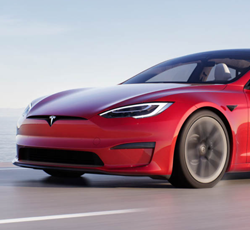
 Energy
Energy